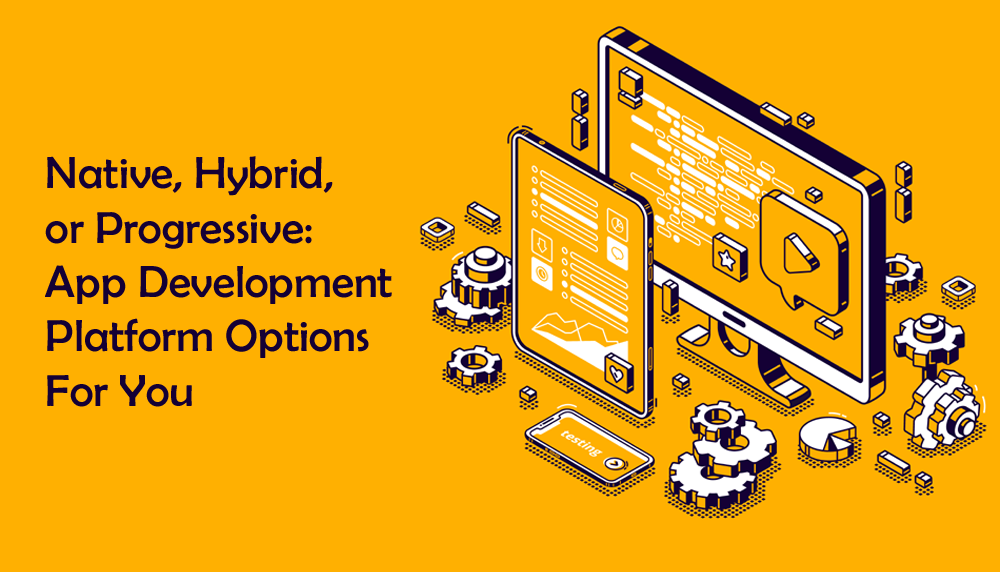Now that you have made up your mind to build a mobile app for your business, the hardest task is to decide whether to go for native app development or hybrid app development. But in reality, the choice of which app development to go for should not be rocket science if you know what to expect from a versatile mobile application.
This is why you need to read this article to learn the difference between native app development, progressive web app development, and hybrid app development. Learning how different they are from one another would enable you to determine what would work best.
To do this successfully, let’s take a look at each category.
Native app development
Native app development involves writing native applications for specific devices like Android (Java, Kotlin) and iPhones (Swift) devices. When considering native apps, one of the first things to bear in mind is the features you want your app to pack, just in case, it requires device authorization or level functions.
In most cases, right after you install a mobile app, the first words that are usually displayed are:
- “Allow While Using App”
- “Allow Once”
- “Don’t Allow”
Your thought processes are essential, as proven by the small example highlighted above. For instance, if you would love your mobile application to have Bluetooth functionality, it should be noted very early in the native app development process.
However, progressive web apps and hybrid apps usually struggle to utilize devices’ Bluetooth. This makes native apps the best option in this case. Moreover, native apps also give room for integrations of robust hardware as well as device sensor utilization for things like accelerometers, GPS, and so on.
These integrations also extent to the Internet of Things (IoT) apps that make use of Wi-Fi or Bluetooth settings in order to connect with and monitor tire pressure, control smart lighting, or the temperature of a particular room via embedded software.
Anyone that builds a native app is building something worthwhile for the long term. Native applications perform exceptionally well as they offer incredible user interface components compared to its counterpart, hybrid app development. This is because the latter is expected to conform to platform design elements.
Read more On: Choosing the Right Mobile App Development Process
An excellent example of a native application is PokemonGo, which leverages a phone’s accelerometer, gyroscope, camera, and GPS in order to tap into Augmented Reality functions. Its usability advantages are also highly commendable.
Another reason why you should consider native app development is if you are looking to build an engaging and intuitive mobile game. When you look at the statistics for the most popular App Store categories, mobile games take the lead at about 22 percent of total mobile applications based on the overall ranking of existing applications. User experience is the most integral part of building mobile games. This is why native app development is not surprising as it continues to grow in popularity.
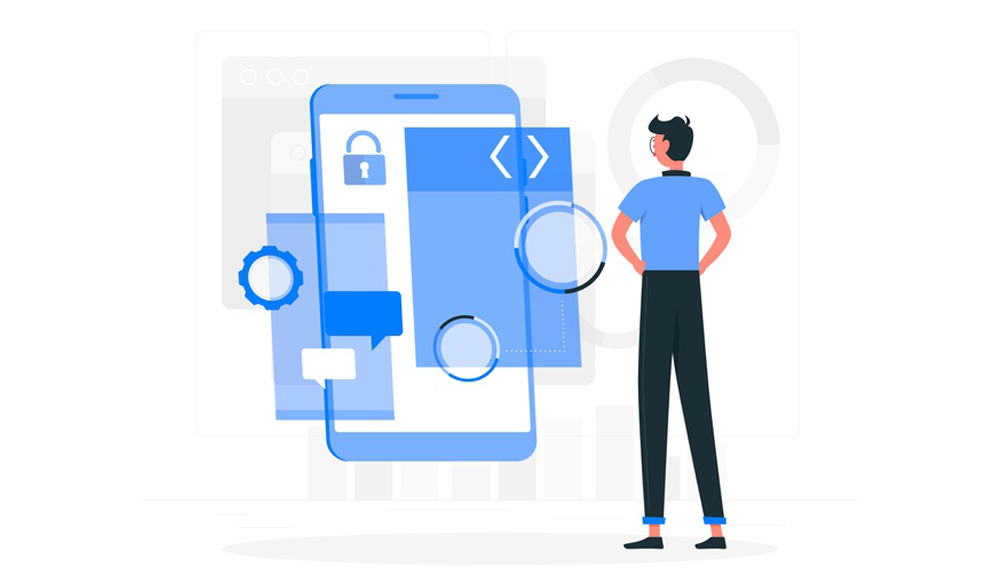
Most popular App Store categories
- Games – 22.15 percent
- Business – 10.1 percent
- Education – 8.69 percent
- Lifestyle – 8.62 percent
- Utilities – 6.02 percent
- Entertainment – 5.84 percent
- Travel – 3.83 percent
- Food and Drink – 3.43 percent
- Productivity – 3.03 percent, etc.
Benefits of native apps
- High-end performance: Native apps perform super fast and much better than their counterparts, especially when it comes to complicated calculations or heavy graphics, e.g., such as 3D or HD games.
- Access to platform-specific features: A native application can access the calendar, contacts, camera as well as other built-in features of a mobile device or the platform
- Native user interface: The criteria of specific platforms are followed, and this makes the user experience better and seamless.
Drawbacks of native apps
- Higher development costs: Native app development requires creating specific apps for each platform or operating system. This requires more resources and time to complete while increasing the costs as well. It also generally takes a much longer time to market compared to hybrid app development.
- Available only in app stores: Users can find and download native apps only via app stores. Updates also require manual approval by users, and this may increasingly and negatively affect user experience.
Hybrid app development
Hybrid app development is a trendy choice for organizations with tight budgets looking to develop an innovative project within a short timeframe. This is not to imply that the output or final product will be inferior to native apps.
Developing hybrid applications allows companies to cut down on app development time significantly, cost, and resources, which gives room for more freedom in promotion and strategy.
Typical hybrid app projects may see cost savings of up to 30 percent, depending on the number of features you want your mobile app to have. Hybrid apps are known to utilize a wide range of web development languages such as CSS, HTML5, and JavaScript. If you have more employees who are well-versed in web development or possess experience with these languages, you can avail yourself of their respective skills.
But is there a downside to hybrid app development, especially when it allows you to cut down the project’s cost and reduce the timeline? What you should know is that hybrid app development is a great way to build your mobile app. The primary concern that most developers have when carrying out hybrid app development is that you may not get that natural feel, desired performance, or speed that you are expecting or looking for.
However, hybrid apps are more flexible than their native counterparts, implying that functions and features may change, depending on how powerful the device you are using it. It also means that mobile apps developed specifically for Android or iOS will perform much better than mobile applications created to fit multiple platforms, though with a few exceptions.
Instagram is a popular example of a hybrid application written in React Native, one of the most robust languages for hybrid app development. Whether Android or iOS, you will experience the same feel and look on these two major operating systems irrespective of the device you are using.
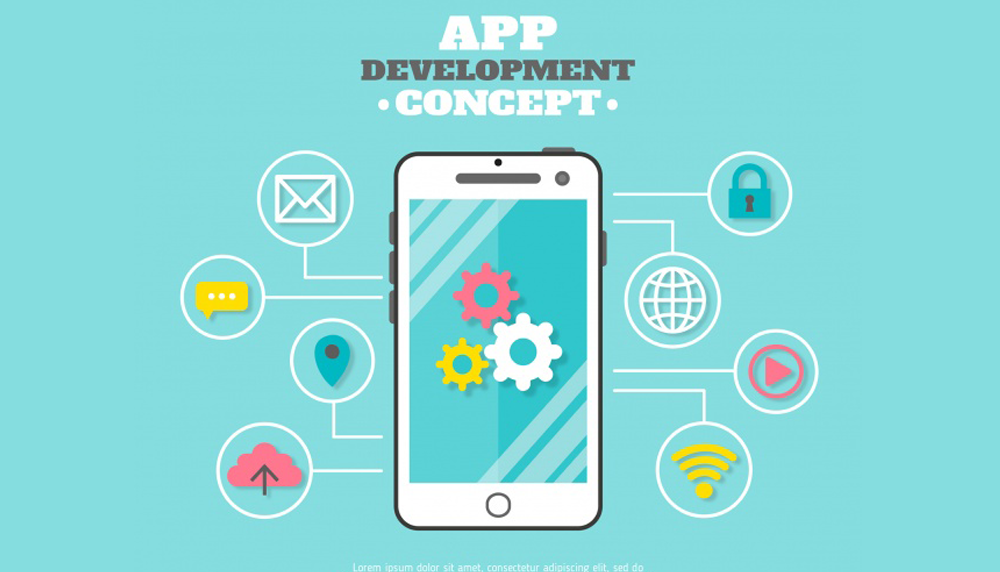
Benefits of hybrid app development
- Lower price compared to native app development: A hybrid app is built only once, and it is ready to run on any operating system. Development time is short, and the cost of hybrid app development minimal.
- Better performance compared to progressive web apps: Hybrid frameworks enable applications to access platform-specific features. This enhances user experience and performance.
- Utilization of web technology: Hiring a web development team is a no-brainer here. Besides, JavaScript apps are easier to maintain, even in changing environments.
Drawbacks of hybrid app development
- Requires the use of third-party services: Pure JavaScript will never unless you include a hybrid app development framework such as Ionic or Cordova. Both have steep learning curves.
- Not as powerful or robust as native apps: Hybrid approaches will never work for heavy games or performance-critical applications.
The most apparent benefit of hybrid app development is the ability to hire a single web development team. Finding the perfect partner should not be hard work since many companies focus only on hybrid app development.
Moreover, once a hybrid app is built, it can run on any platform or device, thereby cutting development time while reaching a wider audience. The hybrid app development approach is only suitable or critical when it is necessary to reduce the time-to-market of an app without exceeding the allocated budget.
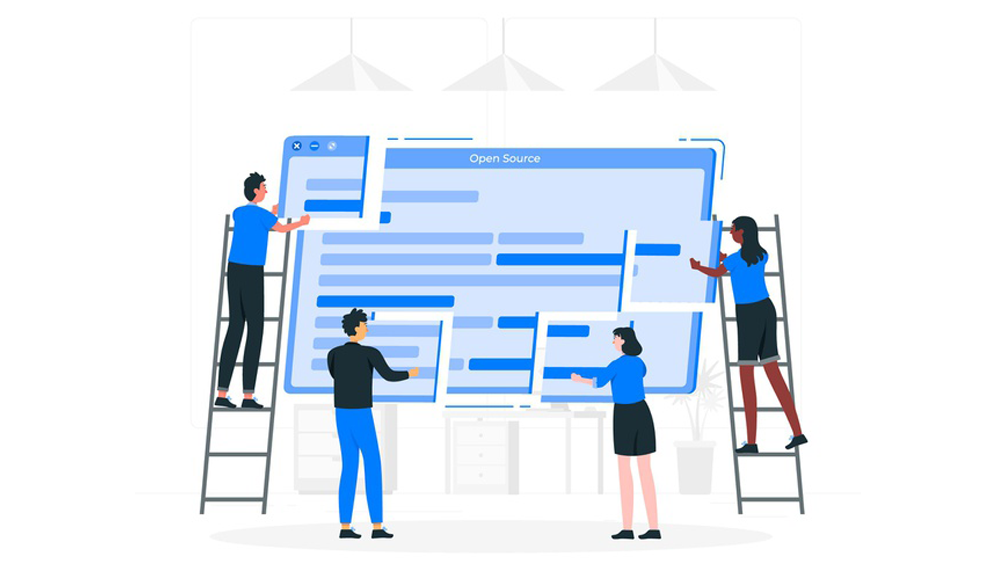
Progressive web app development
It is somewhat tricky to define progressive web app development or what a progressive web app does. But then, progressive web apps offer more features like push notification, offline use, and some device gestures like phone vibration. They are generally not downloaded from traditional app stores but usually bookmarked on a user’s screen with an icon that appears directly from a web browser.
Progressive Web apps are mobile websites designed with modern JavaScript frameworks. Here is what a progressive web application is expected to do as well as why it should be developed:
A Progressive web app should run off the internet: As the name suggests, progressive web apps are made into a web shortcut – via the icon – and accessible via an internet connection. Some examples of progressive web apps are web apps for internal use by a particular organization, Chrome extensions, etc.
It should be easily downloadable and shared: Progressive web apps should be downloadable, irrespective of devices and browsers. The only way for users to get access to the app is via a URL, and it runs on any device, laptop, or phone.
- Progressive web apps should feel like a regular mobile app: Progressive web apps adopt shells as well as a content approach, which makes the user interface remain the same while the content changes from time to time. This makes the web app feel and act like a regular application.
- There should be no roadblocks whatsoever: A progressive web app should easily be updated, fresh, and focus heavily on usability. It must also be highly responsive to every user’s screen size as well as offer different design elements for users on mobile.
Progressive web app development involves using a wide range of web development languages such as JavaScript, CSS, and HTML5. They are often mistaken for hybrid apps because of the similarities in the development languages and cross-platform nature they share.
Progressive web apps also have some incredible performance and usability; a few of them even allow for intuitive offline functionality and access device features like cameras, GPS, and other native-like functions.
For instance, Spotify has created a progressive web app version of its popular music streaming service in order to meet the raving demands of multiple user types apart from a rigid mobile perspective.
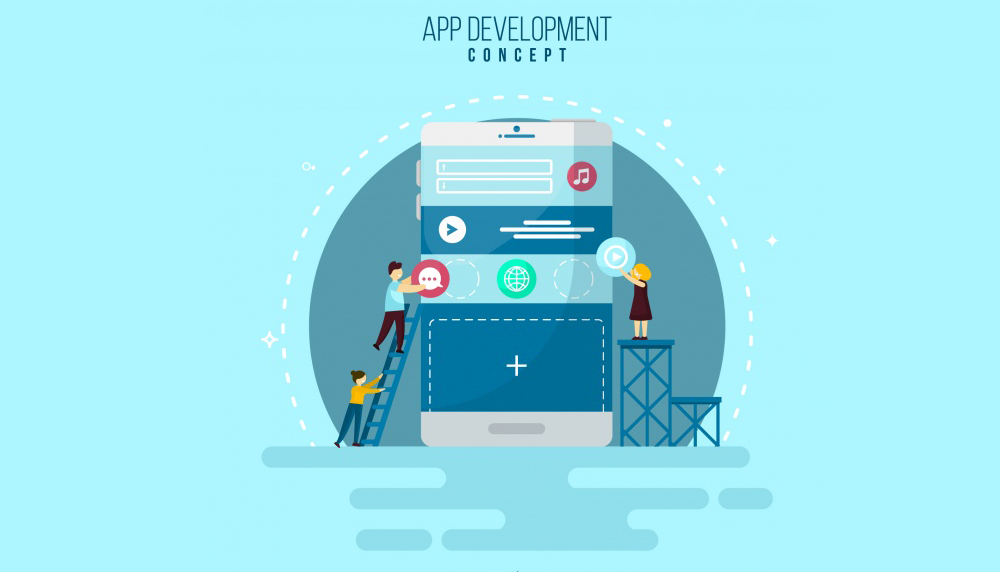
Benefits of progressive web app development
- Compatibility with any operating system or platform: Once created, a web app can be used almost immediately. Development time and price are also minimal.
- Usage of widely circulated technologies: Finding a web app development team is a no-brainer since progressive web app development is at its peak these days.
- Continuous innovation on the web: Google has introduced accelerated mobile pages and progressive web apps in order to make the mobile experience incredibly smooth. Development is ongoing, and this sometimes makes it incredibly challenging to determine whether you are using a web app or a native application.
- Instant updates: Users always have access to the latest versions of the web app, which cancels the need to download updates.
Drawbacks of progressive web app development
- Basic performance: This is an approach that works incredibly well for simple apps such as online stores, news publishers, etc. However, some applications require much better performance that web technology still lacks.
- Limited access to native features of the platform: A web app can’t access storage, camera, contacts, as well as other native features of a device.
- Unable to support all web browsers: There are dozens of browsers and several versions of browsers. A web app typically supports only the most popular and latest ones which make it impossible for users with exotic browsers to use your app.
- Not accessible via app stores: Web applications cannot be downloaded from app stores as they can only be accessed via a web link. This may be somewhat easier for users, but promoting your app may require innovative strategies.
As you can see, when comparing native, hybrid, or progressive app development, no one holds all the aces. Each one has its advantages and disadvantages, and each one performs better in specific environments or business cases.
When budget and time are limited, especially for startups, the progressive web app development approach reduces time-to-market and is your best option. But if you are aiming for wider functionality and better performance, but with a limited budget, you should consider the hybrid app development approach.
The native app development approach is for established companies that want to deliver a highly exclusive user experience to their numerous clients or customers. It may not be cost-effective, but the consistent user interface, as well as flawless performance, make it worth every dime.
